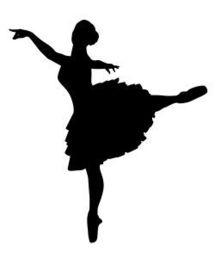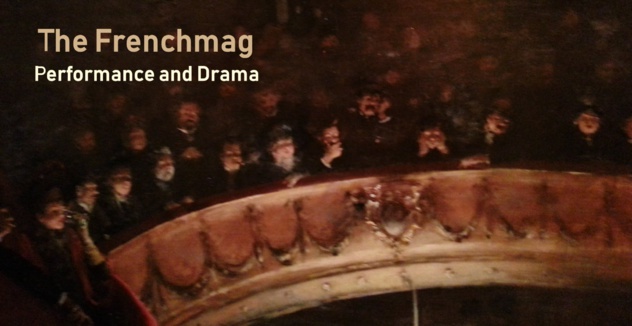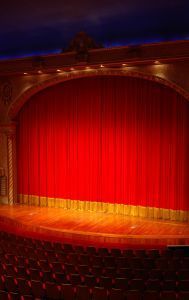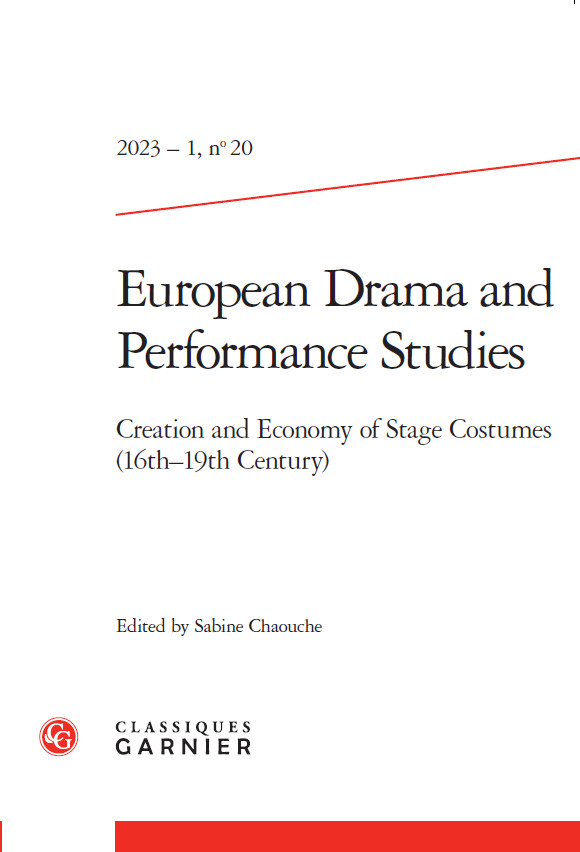
The 13th Oxford Dance Symposium looks at the place and significance of dance in the novel and other works of fiction, from Daniel Defoe to Jane Austin. References to, and descriptions of, dancing conjure up a vivid social world which would have been instantly recognisable to readers at the time and also gives the modern reader insights to that world. The dance elements in a novel sometimes help to explain the personalities of the characters concerned, and sometimes their involvement in dance directly influences the course of the plot.
Our speakers will be giving papers and demonstrations on subjects which include the surprising elusiveness of the minuet in fictional writings, dissimulation and dancing in disguise in the salon, and the dramatic impact of dancing (or refusing to dance) in the many assemblies and private entertainments of late-eighteenth century novels. There will also be an opportunity to find out what some of these dances entailed, in two workshops led by Madeleine Inglehearn on country dances and cotillions mentioned in novels and other publications of the day.
The papers and practical sessions will all take place in the Holywell Music Room, a purpose-built concert room first opened in 1748. Registration, refreshment breaks, lunch and dinner will all take place in New College as usual.
Further details and a booking form may be downloaded from the Dance Symposium web site at http://www.new.ox.ac.uk
(click on About New College/Lectures & Symposia/Dance Symposia/2011).
Contact for all queries: maggie.davies@new.ox.ac.uk
Our speakers will be giving papers and demonstrations on subjects which include the surprising elusiveness of the minuet in fictional writings, dissimulation and dancing in disguise in the salon, and the dramatic impact of dancing (or refusing to dance) in the many assemblies and private entertainments of late-eighteenth century novels. There will also be an opportunity to find out what some of these dances entailed, in two workshops led by Madeleine Inglehearn on country dances and cotillions mentioned in novels and other publications of the day.
The papers and practical sessions will all take place in the Holywell Music Room, a purpose-built concert room first opened in 1748. Registration, refreshment breaks, lunch and dinner will all take place in New College as usual.
Further details and a booking form may be downloaded from the Dance Symposium web site at http://www.new.ox.ac.uk
(click on About New College/Lectures & Symposia/Dance Symposia/2011).
Contact for all queries: maggie.davies@new.ox.ac.uk




